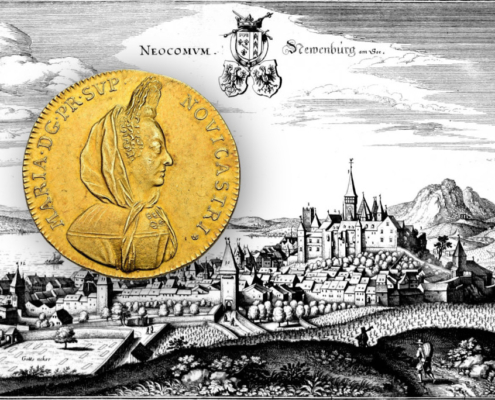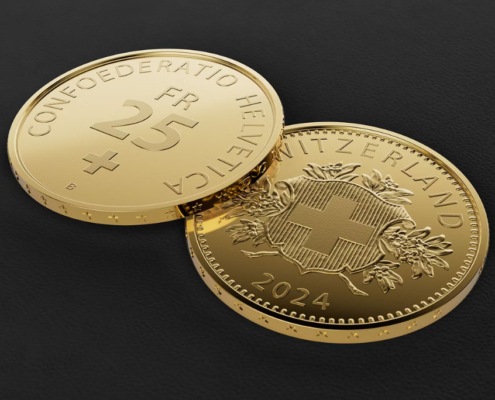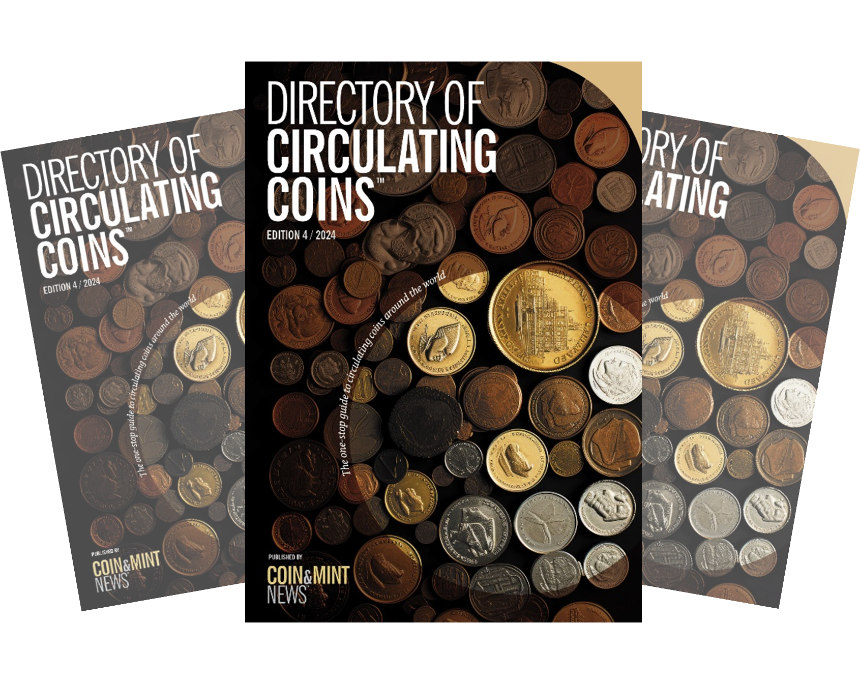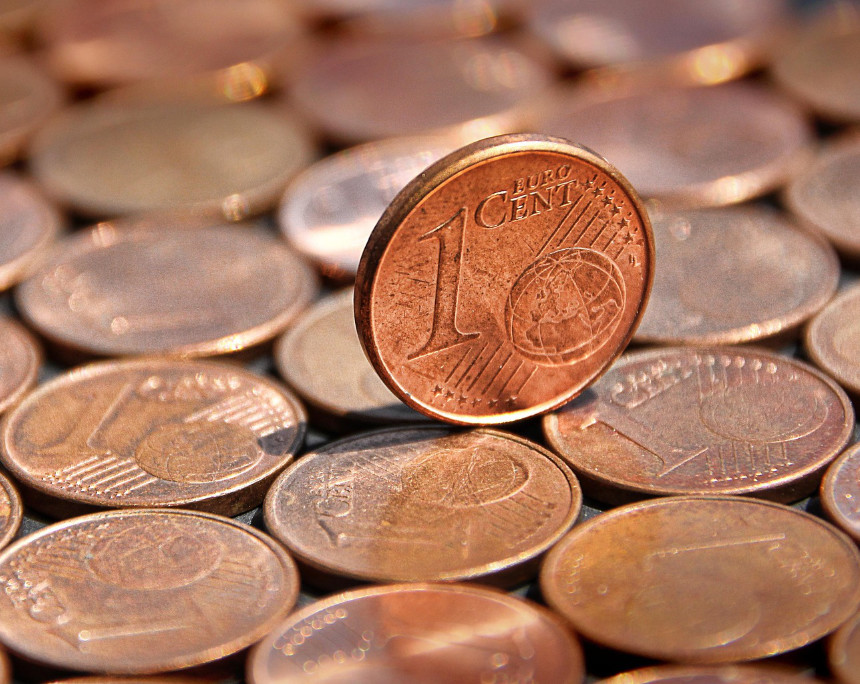1/2 Reichstaler 1621,
under Wilhelm V of Hesse-Kassel as administrator.
Condition: ef+


city of Besançon,
3 Pistols 1666 with title Charles V.
Condition: CH UNC

Bavaria, Chaise d'or (imperial shield)
1328-1347 under Emperor Louis IV.
Condition: ef

Reichstaler 1654-1668
under Count Guidobald von Thun.
Condition: vf-ef

Solidus (491-518)
under Anastasius the righteous.
Condition: vf-ef

Archive: People and Markets
Directory of Circulating Coins – 4th Edition is Now Available
The fourth edition of the Directory of Circulating Coins has been published. Five years after the last edition, the useful reference book for current circulation coins is now up to date again.
Will Germany Abolish the 1 and 2 Cent Coins?
We Germans still like to pay with cash, but like in many other countries, the 1 and 2 cent coins are unpopular. The important National Cash Forum has now spoken out in favor of their de facto abolition. Read here how cash transactions would change in practice.
Archive: Coins, Medals and more

Why Neuchâtel Is Not Part of France Today
It was a close call – Louis XIV would certainly have swallowed up Neuchâtel in today’s Switzerland if it had not been for Marie de Nemours’ fierce insistence on her rights. We explain the political situation and introduce you to the princess and her coinage. All the pieces shown come from the Bürki Collection and will be on offer in SINCONA’s Auction 95 on 24 October 2024.

25 Francs in Gold: Swissmint’s New Gold Coin
Since 2022, Swissmint has been issuing 25-franc gold coins. The latest release is a tribute to the history of Swiss gold coinage, combining elements of the first 20-franc piece and the enigmatic 1955 issue, which never entered circulation. And Swissmint also has some interesting plans for the future, as Ursula Kampmann discovered.















Goetz-Ulf Jungmichel Elected as Associate Member of the Board of the Berufsverband des Deutschen Münzenfachhandels e.V
The Berufsverband des Deutschen Münzfachhandels e.V. recently held its board elections and made important personnel decisions.
Putting Survival Ratios of Ancient Coinages Into Perspective – Here Comes the Program!
On 5th October 2024, the 7th International Numismatic Conference of the Coin Cabinet of the Royal Library of Belgium will be held in Brussels. The Program has now been published.